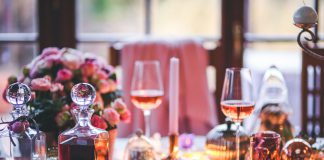Packing a small holdall for a couple of days to Boyne Valley gave me an inner debate over whether I should have brought waterproofs or, at the very least, an umbrella. Given Ireland’s propensity for rain, it would make sense to bring something. At the 11th hour – my Uber arriving for the airport – I left my brolly behind. As it turns out, there was not a single drop of rain during my stay, but it was freezing, with temperatures plummeting to -1c in mid-November.
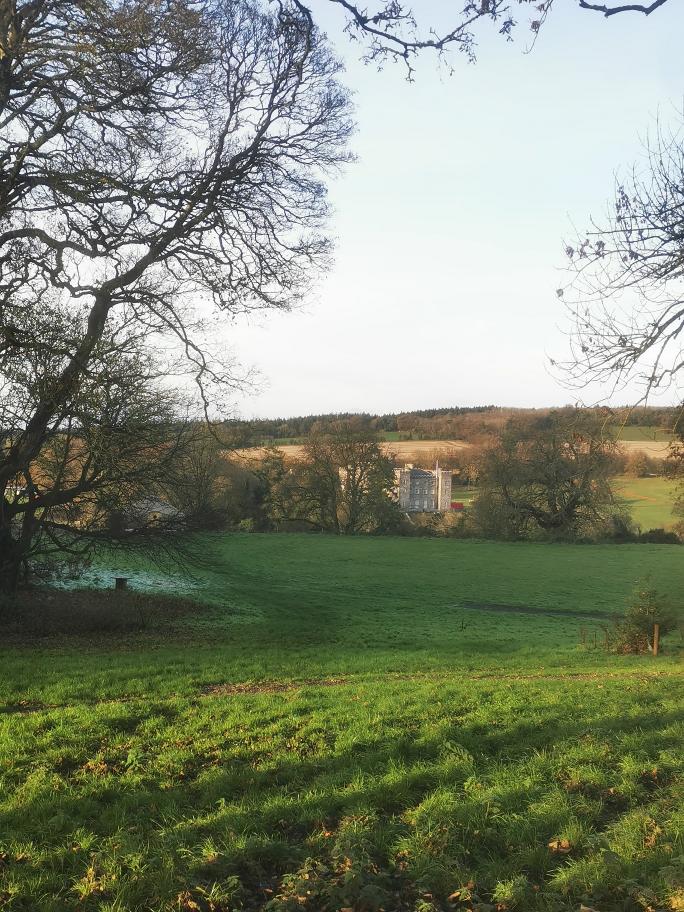
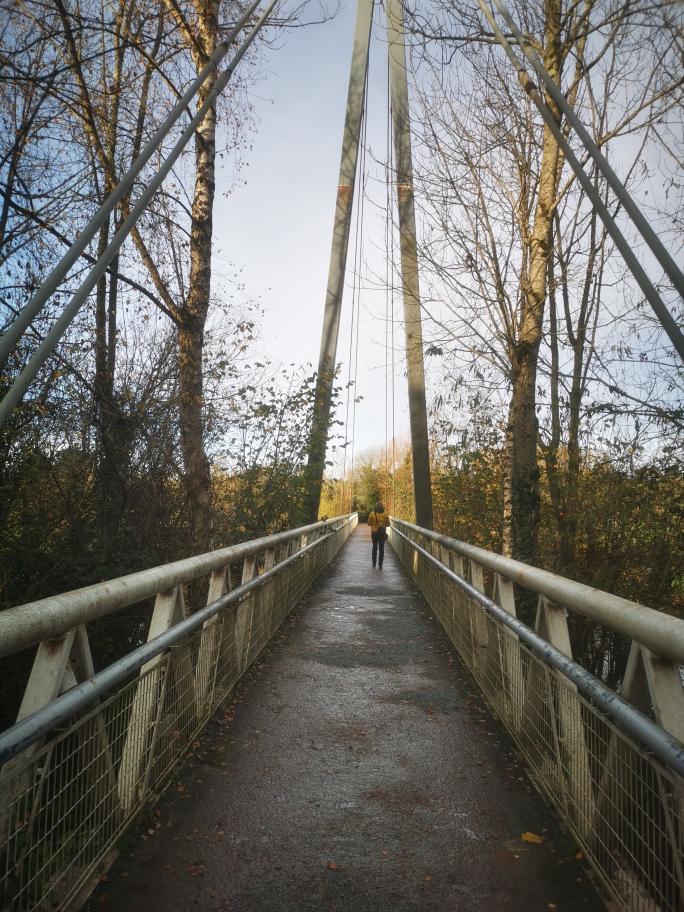
The Boyne Valley region of Eastern Ireland is approximately half an hour’s drive from Dublin Airport and encompasses the County Meath and south County Louth region. It is considered the most sacred part of the country in terms of ancient artefacts.
Before even setting forth on our first site visit, I ate breakfast at the quaint Sage & Stone Café, where I enjoyed an avocado smash with sourdough bread and two poached eggs, which were washed down with breakfast tea. It’s a pretty quirky little spot with a Roulade on display that doesn’t tempt me in the slightest bit whatsoever. The café is mainly a farmyard in the countryside with farm animals roaming around, though none wanted to make an appearance for us today.
After a thirty-minute drive, we arrived at the Brú na Bóinne – a UNESCO World Heritage Site and one of Europe’s largest prehistoric megalithic sites. Dating from the Neolithic period, the tombs of the site predate the Pyramids in Giza and Stonehenge, as they’re about 6000 years old. After a tight squeeze getting inside – we had to go in sideways – we weren’t allowed to take pictures, but it was a hollow, circular cave with the sun rays peering in.
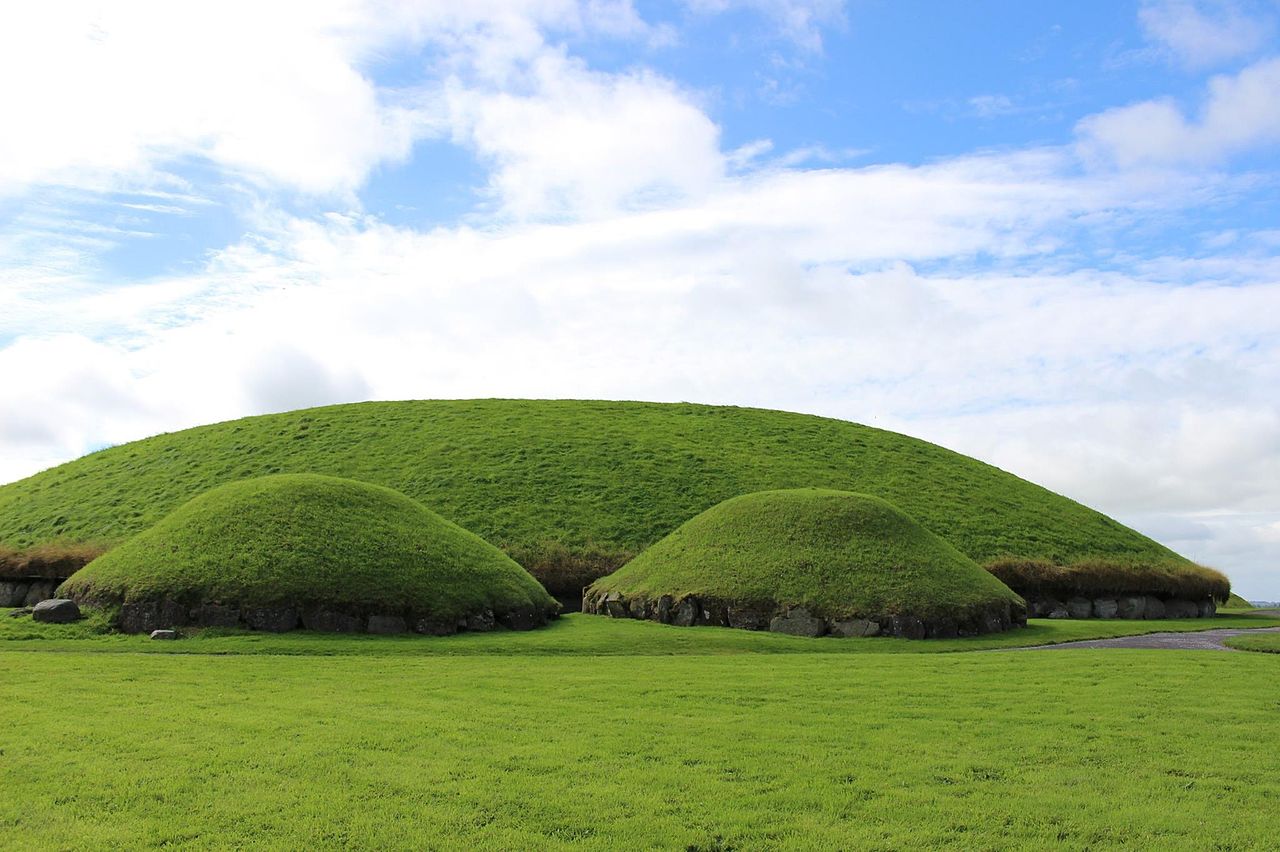
In the afternoon, we drove around 45 minutes along the winding country roads to Rock Farm Slane. Though known for the adjacent castle, there’s also a 90-acre organic farm with Dexter cows, Tamworth pigs and a large flock of chickens. We walked around the organic market garden, which produces bumper crops of vegetables and fields filled with the barley used for the whiskey made at Slane Distillery.
In the distance, we could see Slane Castle, which many will recognise as being infamous for huge acts such as U2, Oasis, Robbie Williams and most recently, Harry Styles have performed to over 80,000 attendees. As we felt the effects of plummeting temperatures with our hands freezing, we were treated to a pumpkin and carrot soup with pumpkin seeds and some homemade soda bread and butter.
As the skies turned misty, we visited the Hill of Tara. This was the inaugural site where, many centuries ago, the Kings of Irelands would have been coronated, thus being the most sacred site in ancient Ireland. Walking around the site as the sun was setting felt like we were in a film set looking over stunning views of Loughcrew Cairns, the Hill of Slane and Trim Castle.
Bellinter Hotel is a Georgian Manor House with the most spacious bedroom and bathroom I’ve stayed at to date. With rooms from £134 per night, it’s quite the gaff with portraits of Elizabethan-era women blowing bubble gum above the staircase. In the next twelve months, it will get even bigger with plans afoot for general expansion of the site, including a gym and a pub.
That evening, I am having my very first Sound Bath. I’m lying on my back, with my eyes closed at a semi-cloistered building at the Bellinter Hotel as gongs, sound crystals and other instrumentation are used to lull me into letting go of my life back at home, albeit for 40 minutes.
We went to Anita Reynold’s Art and Design for a pottery masterclass the following morning. Donned in a Slimming World apron, I made three hearts from clay with the Gaelic words for Brave, Strength and Happiness. For our efforts, we were rewarded with cupcakes and coffee before heading to Sheridan’s Cheesemongers to taste two goat’s cheeses made locally and cheddar from Cork. But I loved the chutney so much that I bought my own jar and a packet of butter fudge for good measure.
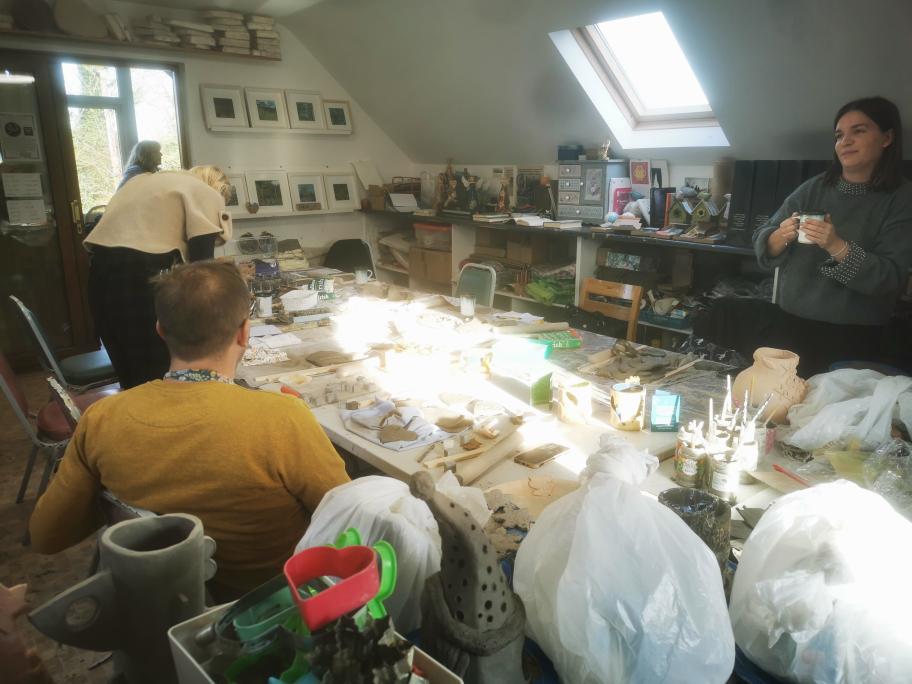

Dunsany Castle, built in 1180, is the oldest inhabited castle in Ireland. Stretching over 1600 acres, around 750 acres of it is used for rewilding, which is named the Dunsany Reserve.
As for the castle, it was built in the Norman era and has been inhabited by Barons over the centuries. Nowadays, it is occupied by Randal Plunkett, the 21st Baron of Dunsany Castle. The way he’s dressed in a baseball cap, black parka and tracksuit bottoms, you’d never think he was anything remotely regal. He lives in a house, a very big house in the country, with his dogs named Beavis and Butthead – who says aristocracy is dead?
It’s the only large vegan rewilding project in the world, which they have been doing for the past ten years. As a result, Salmon, otters and deer reappeared and got rid of invasive species. All money from visitations goes back into the rewilding project. They adopt the Japanese saying: fix the problem, not the solution. This mantra also demonstrates the way they modernise farming, not damage it, for the sake of sustainability.
We spent the night at the Station House Hotel for the evening and to warm ourselves up a bit. Set on 12 acres, the Slattery family has run this award-winning country house hotel for over 35 years. With rooms available from around £160 per night, it was originally a railway junction built in 1862, it had a cosy room that was warm enough for me to feel my feet again.
Before catching our plane home, the restaurant fed me scrambled eggs, salmon and soda bread with a green juice to chase it down, which was aptly coloured; I needed to keep in theme with being in the Emerald Isle to my final moments in Ireland.
Find out more about Boyne Valley and plan your trip at: discoverboynevalley.ie Fly to Dublin from London, Manchester or Glasgow with Aer Lingus. Visit aerlingus.com for the latest fares.

